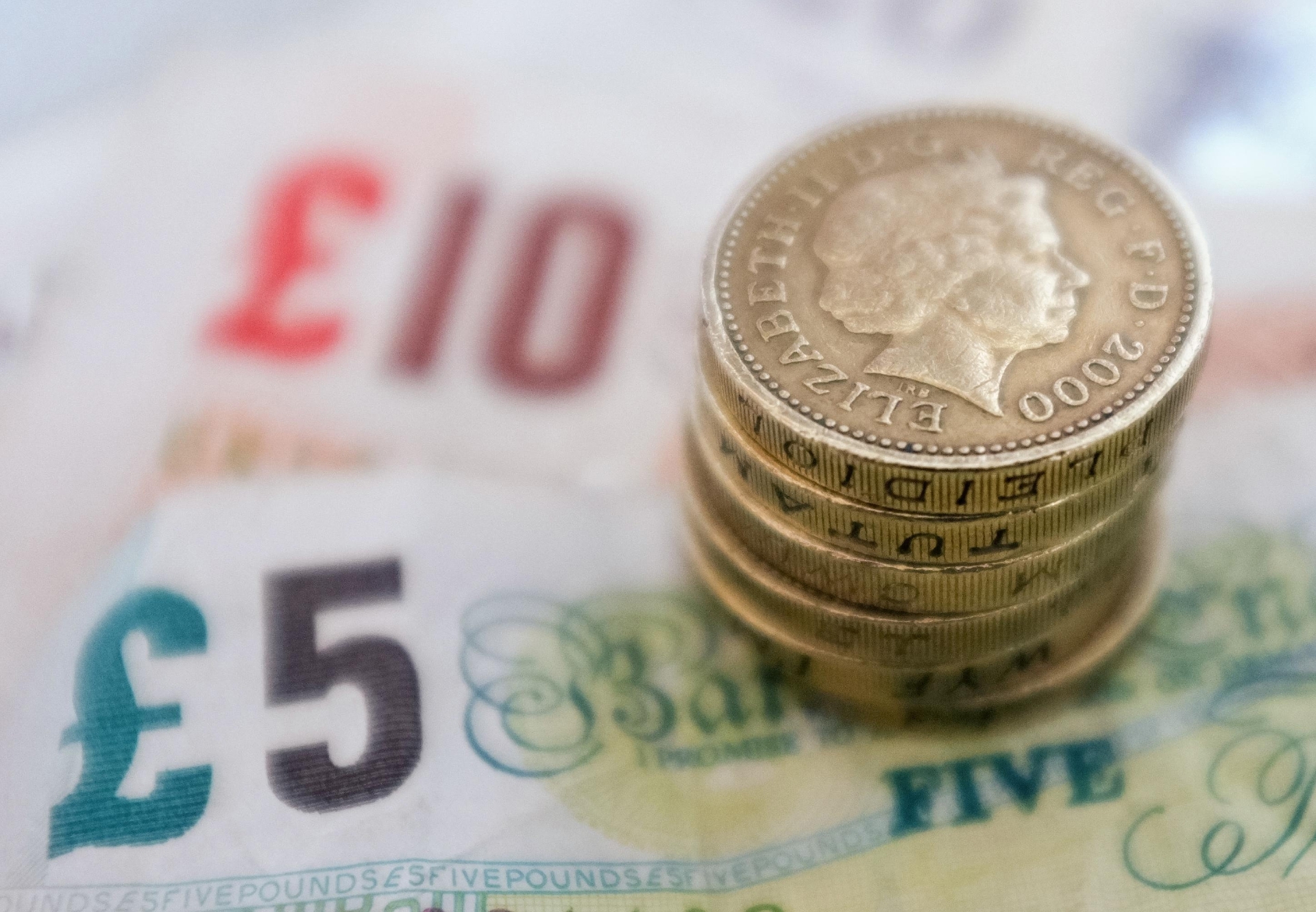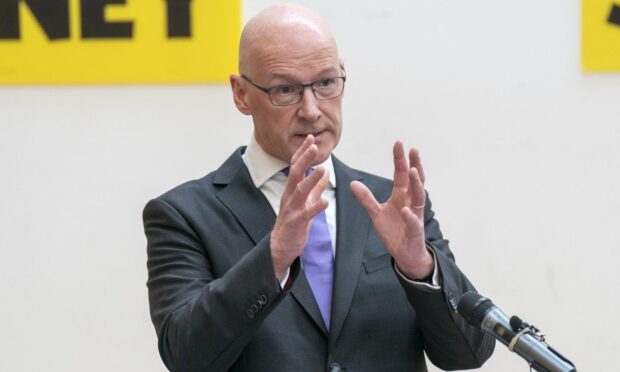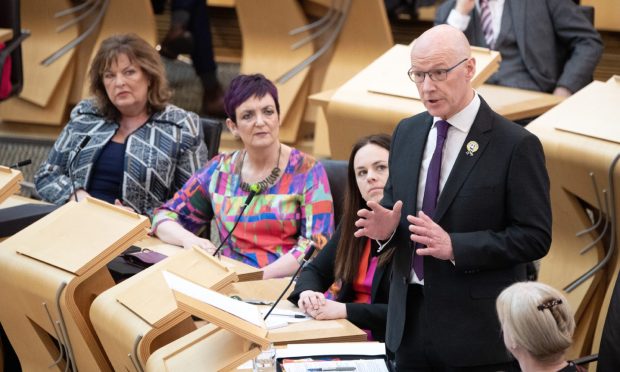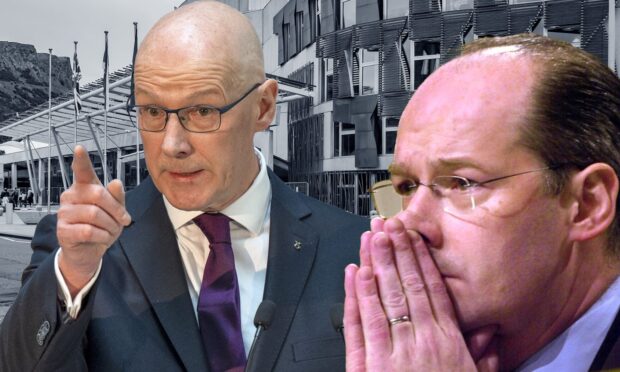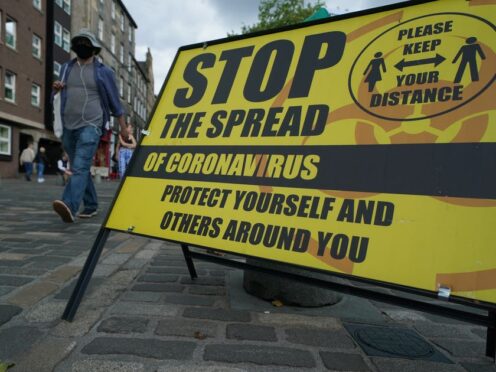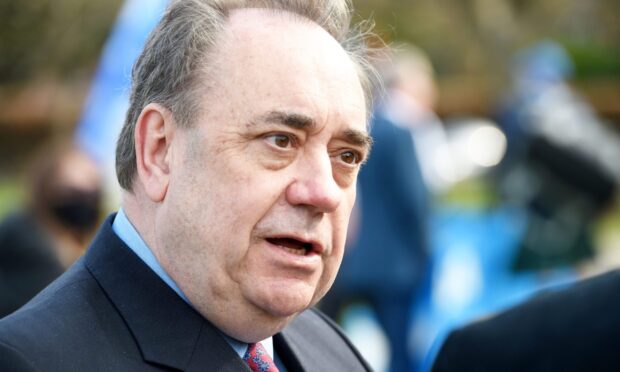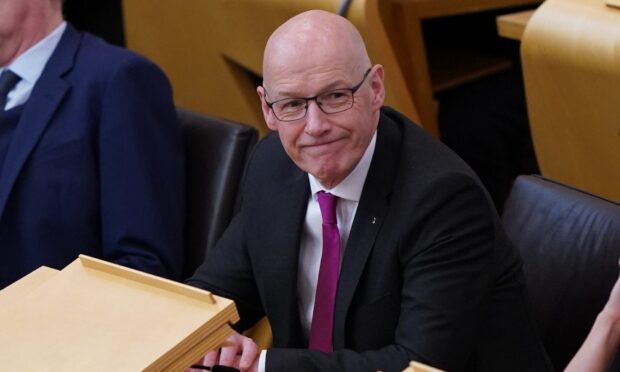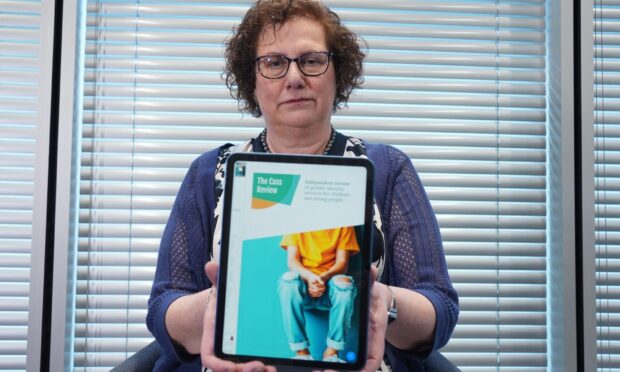Councils in Tayside say they cannot afford to use powers handed to them by the Scottish Government to help struggling high streets.
Only three local authorities have reduced rates bills for businesses through the Community Empowerment Act since it was introduced in 2015, according to the Scottish Government.
The Scottish Retail Consortium said that is “hugely disappointing” when empty shops are blighting town centres.
Angus Council said introducing relief would worsen the black hole in their budget, which already amounts to tens of millions of pounds.
A spokeswoman said: “Like other public sector bodies, we have a pressure on our budget, and with a projected £36 million funding gap over the next three years, any relief we provide will have to be added to this projected figure.”
A spokesman for Dundee City Council said the power “comes with a cost”.
“It has not been used in Dundee because we have prioritised our resources more directly to support local businesses many of whom already benefit from Small Business Bonus Relief,” the spokesman said.
Perth & Kinross, Aberdeen and Aberdeenshire were the only councils to use the rates powers, according to a government response to a parliamentary question based on the latest local authority returns.
Fife has said it is also using the powers.
David Lonsdale, for the SRC, said “action is needed to cut the cost of doing business and rejuvenate our high streets”.
“This Scottish Government-initiated policy has thus far conspicuously underwhelmed and is at serious risk of being viewed as a flop due to lack of take up by councils.
“Scottish ministers should redouble their efforts to get more local authorities to capitalise on this opportunity to support high streets and town centres.”
Local authorities were given the power by then Finance Secretary John Swinney to introduce rates relief.
But they were not given extra money to do so and have suffered cuts to core budgets.
Perth & Kinross Council said they were the first to use the power in Scotland when they created a tax break for mid-range retail premises and new occupiers of long term empty properties not already eligible for relief, which saved firms £128,000.
After last year’s rates re-valuation, councillors in Perth backed a new scheme to encourage businesses to being vacant commercial properties back into use.
Gordon Mole, from Fife Council, said the they have launched support including relief of up to a year where larger commercial properties are taken on, as well as incentives for new occupiers who convert big sites into smaller units to attract firms.
A Scottish Government spokesman said they have treated councils “very fairly” and have led the way in helping firms through its small business bonus scheme.
“It is incumbent on all councils to give full consideration to any request to use the powers available to them to create local business rates relief under the Community Empowerment Act,” the spokesman said.
“These powers exist to enable councils to decide how best to respond to specific needs or issues in the communities which they serve.”
